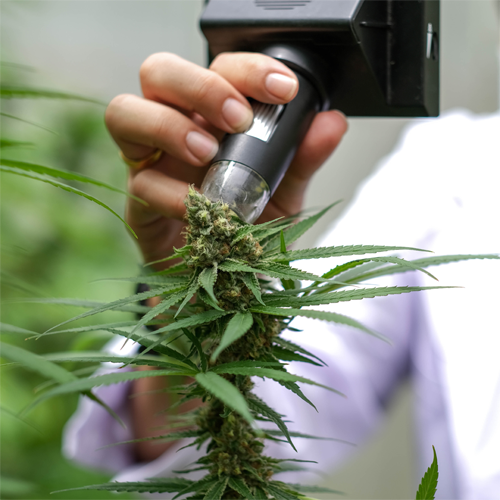New Map Shows Clear View of Hemp Fiber and Hurd Supply Chain
As the hemp industry continues to grow, niche sectors are emerging on the market. This age old plant has been utilized in new ways to help combat modern problems like soil erosion, deforestation, and the housing crisis.
In December 2022, Yahoo Finance published the findings from the Hemp Industries Association showing the current supply chain of hemp fiber and hurd. According to their report, details included containing “listings of active processors with details about the businesses fiber processing capacity, products, available services, and the geographical range from which they source hemp for production.”
The map published by the Hemp Industries Association shows a variety of pinpoints denoting various hemp businesses on a map. When clicked on, the business’s information will appear below. The interactive map was designed as a tool for those in the hemp industry to connect and facilitate industry connections.
In an interview with Yahoo Finance, the HIA’s Fiber and Hurd Board Director was quoted as saying, “While this interactive fiber and hurd map will help identify existing business, I suspect it will be even more helpful for those looking to create new business opportunities in currently underserved locations.”
What is Hemp Fiber
According to Textile Today, “Hemp is a bast fiber plant similar to Flax, Kenaf, Jute, and Ramie. Long slender primary fibers on the outer portion of the stalk characterize bast fiber plants.”
Hemp fiber can be used for numerous different purposes. Various civilizations have used hemp to make paper, clothing, rope, and other goods needed for everyday life. This includes China, Egypt, India, Indigenous populations to the Americas, and the Vikings. A resurgence in hemp goods has appeared again in recent years due to its sustainability compared to other options.

Hemp fiber is used to make what is commercially known as hempcrete. This more sustainable alternative to traditional housing materials has been a popular market niche for several years now. Architecture firms in France have experimented with building both commercial and private dwellings using hempcrete. In mid-2022, Texas A&M was granted $3.74 million to research if buildings made from hempcrete could stand up to modern building codes and regulations.
Some research has even shown that hemp fiber can be used to make a biodegradable alternative to plastic. According to the Hemp Foundation, “Hemp bioplastic is easy to compost under standard industrial composting conditions, within 3 months.”
What is Hemp Hurd
Hemp hurd is not a term many outside the hemp industry hear every day. However, this niche sector of the industry is growing in popularity. According to Hemp Traders, “Hurd, also known as shives, are the wooden core of the stalks which are removed during processing of hemp, as opposed to the bast fibers. Hurds consist of the woody inner portion of the hemp stalk, broken into pieces and separated from the fiber in the processes of breaking and scutching (decortication) and correspond to the shives in flax, but are coarser and usually softer in texture.”
This part of the hemp plant is used to make goods like insulation and bedding for animals. Unlike synthetic or wood materials, hemp hurd is a more sustainable and biodegradable option. This alternative also provides new niches that help avoid industry oversaturation.
A Positive Outlook for 2023
The map provided by the Hemp Industries Association shows a positive outlook for the hemp community going into 2023. The branching out into new niches allows the industry to thrive and avoid oversaturation. Having resources like the HIA map allows brands and farmers to connect with one another more easily.
The branching out within the industry also allows for new products that are more sustainable to enter the market at a more affordable price than previously seen. However you look at it, the hemp industry is poised to have a productive and positive impact in 2023.





